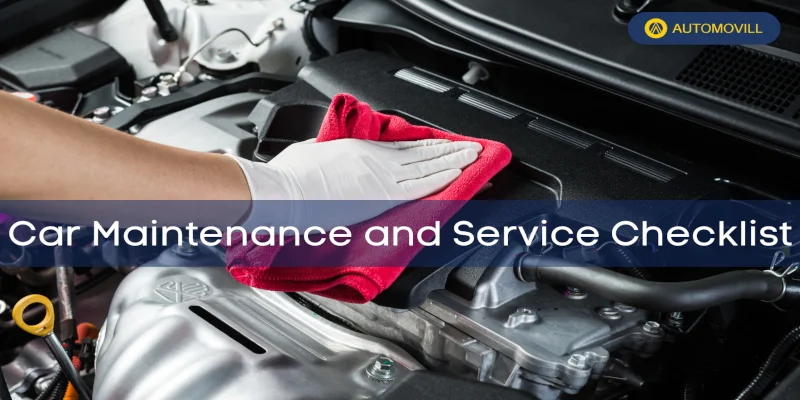
Here is a list of items to check based on the time and season to extend the life and performance of your car. Some of these components of your car should be checked on a regular basis, while others should only be checked in the long term. Make sure you stick to your car’s maintenance schedule and service intervals.

- Check the engine oil
It’s a good idea to reach under the hood of your car and verify both the oil and coolant levels while the engine is cold once a month, or every few gas fill-ups, and especially before any longer road trips. If left unchecked, low levels of either might cause engine difficulties. To find both on your specific car, consult your owner’s manual.
Oil levels may always be checked with a dipstick or, in some later vehicles, an electronic gauge. It’s time to change the oil if it’s too dark or has a muddy texture. A good engine oil is transparent and has a smoother texture.
- Checking the car battery
Car batteries are necessary for a healthy vehicle to run, and they are reasonably simple to test or replace if you follow the appropriate methods. It’s difficult to tell how healthy a battery is from the outside, but that doesn’t mean you can’t learn something about it. A slow crank is one of the clear symptoms that something isn’t right. Something may be wrong if you hear the automobile wheezing during starting, especially if the temperature isn’t chilly.
It’s possible that a weakening alternator isn’t charging the battery quickly enough, thus it’s not the battery. However, there are a few tests you may perform to determine whether you need a new battery soon or not.

- Check, rotate, and change the tires
Tire pressure should always be checked, and a quick walkaround can reveal whether any of the four tyres are underinflated. Examine the treads to ensure they are not too worn
Tread wear patterns on your tyres may differ between the front and back tyres, or even from one side of the tread to the other, depending on your vehicle alignment, usage, and a variety of other factors. Rotating your tyres will assist to extend the life of your tyres by balancing tread wear more evenly and preventing noise and vibration issues.
- Replace windshield wipers blades
Windshield wipers take a hammering, especially in Indian weather, so it’s critical to keep them in good working order. It may be time to replace them if you observe leftover water streaks on the windshield after each swipe. You may always try washing down the rubber with a washcloth to see if it helps.
Wipers come in a variety of lengths and sizes, so it all depends on what your automobile can handle. The left and right ones are sometimes different lengths. Because they’re made up of two parts—the metal arm and the blade with the rubber attached—you might only need to replace the rubber rather than the arm
- Check Shocks and Struts
Shocks and struts are an important aspect of your car’s steering system because they control the impact and rebound as your vehicle goes over bumps in the road. They should be inspected by a professional every 50,000 miles, or if you detect a loss of smoothness or control while driving, bring your car into the shop.

- Check Air Filter
The air filter in your engine controls the flow of air into the engine and keeps trash and particulates out. You can improve your fuel efficiency, lower your emissions, and extend the life of your engine by ensuring that your air filter is flowing properly. Check your owner’s handbook for instructions and how often it needs to be replaced, as this can be done easily at home.
- Headlights, Bakes, and Parking Lights
It’s critical that your vehicle’s lights are in working order, but it’s also a common item to ignore. Turn on your headlights once a month while parked in front of a flat surface and make sure they’re both operating and correctly positioned. Visually inspect both your turn signals and your parking lights as you walk around your car. To ensure that your brake lights are working, have a friend stand behind the car while you engage the brakes.